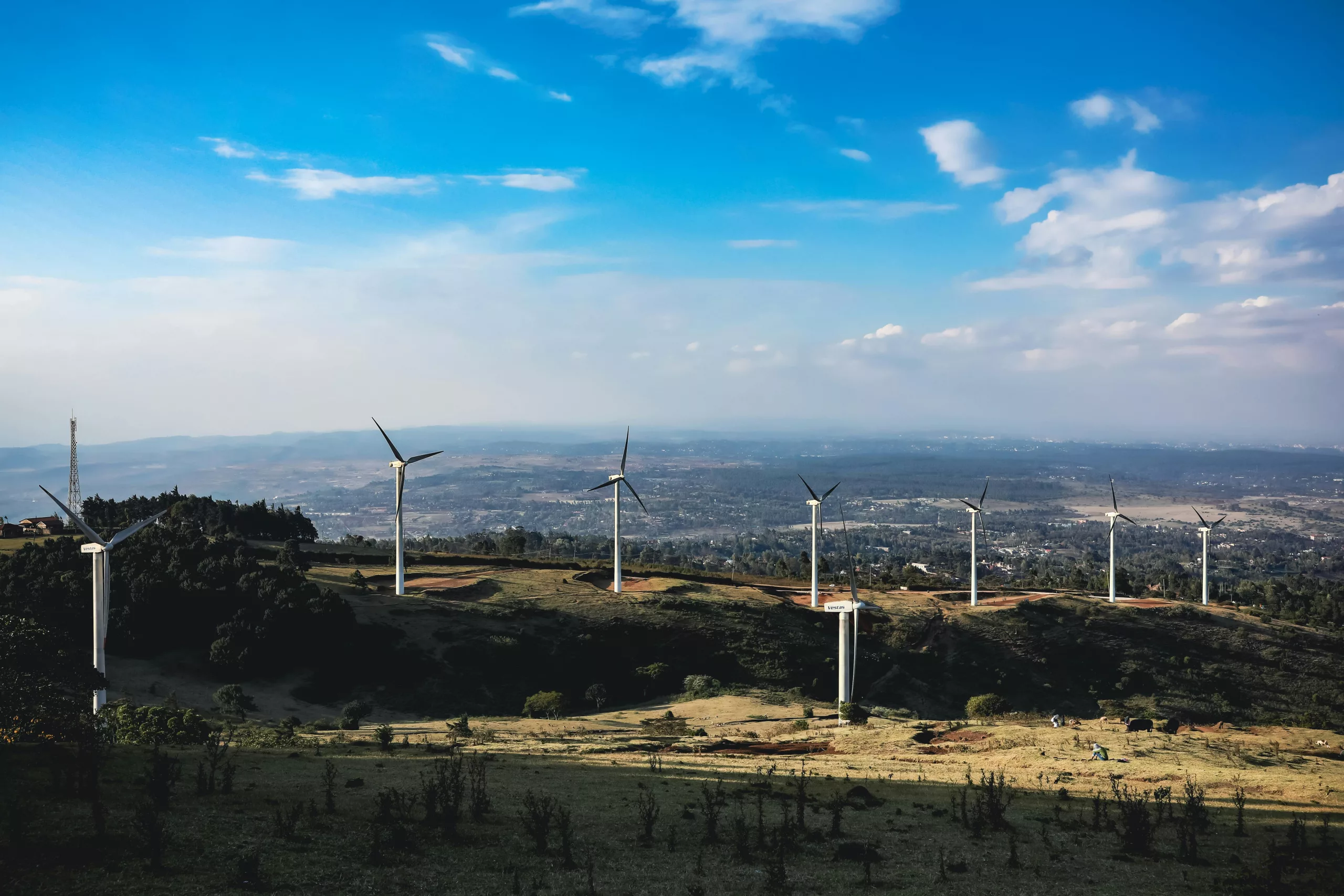The U.S. Department of Energy is fortifying America’s commitment to energy efficiency with an impressive $90 million funding initiative. This significant investment is part of President Biden’s broader Investing in America agenda, signaling a second wave of support within a grand $225 million program orchestrated by the landmark Bipartisan Infrastructure Law. The DOE’s latest move underscores an unpreceded investment in various state and local agencies, communities, and programs, all with the central aim to expedite the adoption and effective utilization of modern building codes.
The Impact of Building Energy Codes
According to the DOE, the structured implementation of energy codes from 2010 to 2040 is projected to yield monumental savings—approximately $182 billion on utility bills for homes and businesses. In terms of environmental impact, this is tantamount to the emissions of 187 million gasoline-powered cars annually. The DOE underlines the adoption of modern energy codes as a strategic measure within President Biden’s agenda, one that promises to alleviate energy costs for families, fortify communities against climate change-induced weather calamities, and steer the nation towards its ambitious clean energy and climate targets.
Strengthening Homes and Reducing Energy Bills
“Homes built with current energy codes are nearly 40% more efficient than those built just a few years ago, saving working families hundreds of dollars per year on their energy bills,” stated U.S. Secretary of Energy Jennifer M. Granholm. President Biden’s agenda paves the way for state and local governments to advance swiftly in reinforcing codes that augment energy efficiency and concurrently cut back on greenhouse gas emissions.
The Role of Building Codes in Resilience and Safety
Building codes, particularly those focused on energy, play a pivotal role in enhancing building resilience and ensuring occupant safety. They extend the time individuals can safely shelter in place during extreme weather events and power outages, occurrences that climate change is making more frequent and severe. The funding from this initiative specifically earmarked for the Resilient and Efficient Codes Implementation initiative will support states, Tribal governments, and partner organizations in updating building energy codes and providing necessary technical assistance.
Through its diverse provisions, building energy codes not only guarantee energy efficiency and monetary savings for consumers, but also assure healthier, safer, and more sturdy buildings. They form a crucial part of a comprehensive collection of modern building codes that contribute to life-saving measures, reduction in property damage, and lower contributions to utility bills. DOE’s recent actions are designed to amplify the nationwide adoption of energy codes, upholding the Biden-Harris Administration’s National Initiative to Advance Building Codes, which seeks to boost energy efficiency and resilience against the mounting threat of extreme weather due to climate change.
Eligibility and Prioritization for Funding
Applicants for the Resilient and Efficient Codes Implementation Program funding must incorporate participation from a relevant state or tribal government agency. The DOE will give preference to teams that boast strategic partnerships, including collaboration with local building code agencies, codes and standards developers, or associations comprising of builders and design and construction professionals. Projects are expected to contribute to an updated building code with enhanced energy efficiency. Additional factors, such as demonstrated need, prospects for long-term sustainability, and capacity to address equity, environmental justice, and resilience objectives, are further detailed here.
Advancement through the Justice40 Initiative
This investment also advances President Biden’s Justice40 Initiative, aimed at ensuring that 40 percent of the overall benefits of federal investments in climate and clean energy are directed towards disadvantaged communities that have historically been marginalized and burdened by pollution.
To pursue this opportunity, interested applicants must register with and forward their application materials through the EERE Exchange. A critical step in the application process involves the submission of a concept paper by the designated deadline to remain eligible for submitting a full application.
Net-Zero Goals and EERE’s Role
In aligning with President Biden’s ambitious plan for America to achieve net-zero greenhouse gas emissions by 2050, the Office of Energy Efficiency and Renewable Energy (EERE) is expediting the development and deployment of innovative technologies and solutions. The EERE’s initiatives are crafted to ensure that the burgeoning clean energy economy is inclusive, offering ample employment opportunities to Americans, particularly those from segments of the workforce and communities that have been adversely affected by the energy transition or historically underserved by the energy system.
